A Guide to Traveling Around South Africa by Train
From South Africa's Karoo desert to the foothills of the Cape Wineland region, Ant celebrates the unsung hero of South African travel.
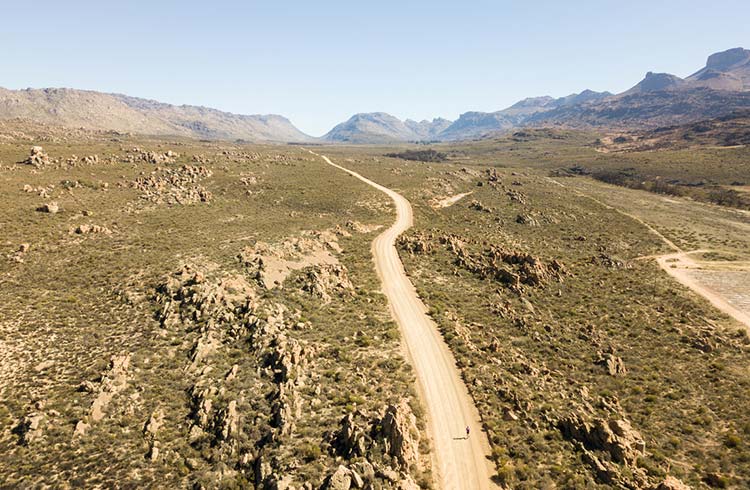 Photo © iStock/nattrass
Photo © iStock/nattrass
Is South Africa still being persecuted for its torrid past? The Cape Wineland region features some of the best vineyards you've never heard of. The Kruger National Park homes the Big 5 and the Small 400 (bird species), yet the safari of the Serengeti are the first to tip most tongues.
The penal colony Robben Island held Nelson Mandela for 18 years, yet Alcatraz bends its bars, and it appears the Supertube wave of Jeffreys Bay lies flat in the water compared to the more popular swells of Bali, Hawai'i
For me, the greatest unsung hero of South African tourism is its railway. One exhilarating route stretches 869 miles from Cape Town to Johannesburg. A historic journey, filling 26 hours with the arid plains of the eponymous Karoo desert, and the lush foothills of the
Historic track record
South Africa’s railway network is a residue of crusty colonial
Aside from war, the South African railway provided the rigid backdrop of significant events in the lives of two of the world’s most prominent icons: in 1893 a young Indian lawyer by the name of Mahatma Gandhi was ejected from a train at Pietermaritzburg for refusing to vacate a whites-only carriage; and sixty-nine years later, the activist Nelson Mandela was arrested beside the railway tracks of the same city, and to face the charge of sabotage which would eventually
Choose your rails
Tourists and
The Blue Train costs from R10,120 (£886)
As an ardent fan of budget rail travel, I can tell you that the comfortable Trans-Karoo option will be filled with curious characters, rather than the plump pockets and paunches of the more luxurious iron snakes. This is exactly where you'll find the right opportunity to interact with regular South Africans, on their chosen turf.
A night aboard the Shosholoza Meyl's, 'Trans-Karoo' is best spent in a simple sleeper cabin, consisting of a fold-down bed, with a small hand basin and hatch window. With a bit of luck, couples can secure a 2-berth cabin by booking in advance (which is good
Journey across the Karoo
Few journeys of this price in the world afford backpackers such an amount of adventure and distance. The quaint air-conditioned dining cars are the perfect place to escape the midday
Covering a third of the country, this vast and ancient plateau was a former feeding ground for some of the planet’s largest plant-eating dinosaurs, and it remains one of the world’s foremost hunting grounds for fossil hunters. Today the plateau is dappled and draped in less-menacing scrubland, and a variety of fleeting animals such as the warthog, zebra and impala filter through the vast sheep stations of outback South Africa.
One of the natural stops along the Trans-Karoo route, is the fabled diamond-mining town of Kimberley, home to the largest
The real diamond of South Africa’s beauty
Lest we forget the bright lights of Cape Town, which swirls between the foothills of Table Mountain and a shoreline that splices the Indian and Atlantic oceans. The city is an easy and exciting base from which to explore the local countryside, and there’s the opportunity to learn the mandala of stories that tighten the famed townships.
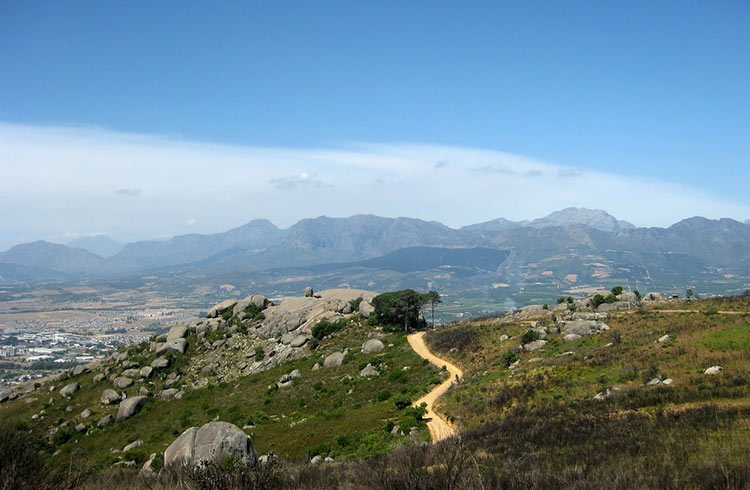
A solid platform
The opportunity to travel by rail for such distances in Africa is a rarity these days.
I've highlighted the Trans-Karoo — and the wild adventure playground that it spears — as one of the major lures for backpackers over the coming years. Asia is more frequently descending into spontaneous unrest, while the prices in Europe and the Antipodes continue to skyrocket. So perhaps my question shifts: when will South Africa still be celebrated for its stirring future?
Related articles
Simple and flexible travel insurance
You can buy at home or while traveling, and claim online from anywhere in the world. With 150+ adventure activities covered and 24/7 emergency assistance.
Get a quote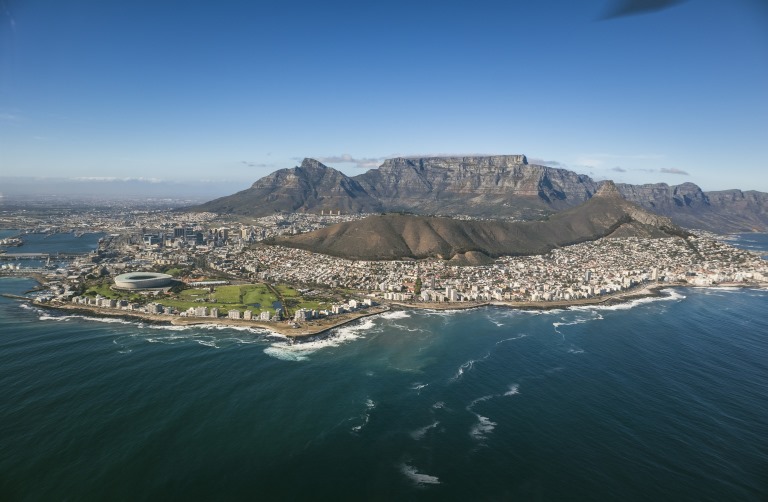
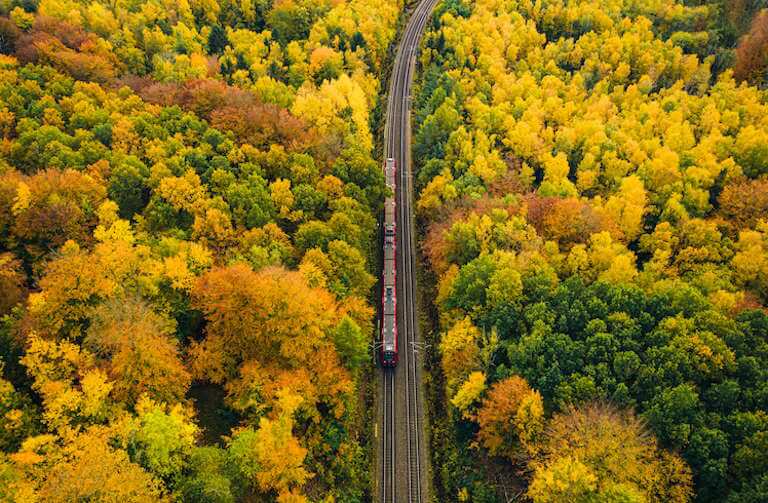
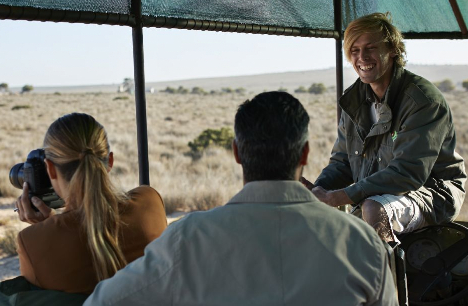
No Comments